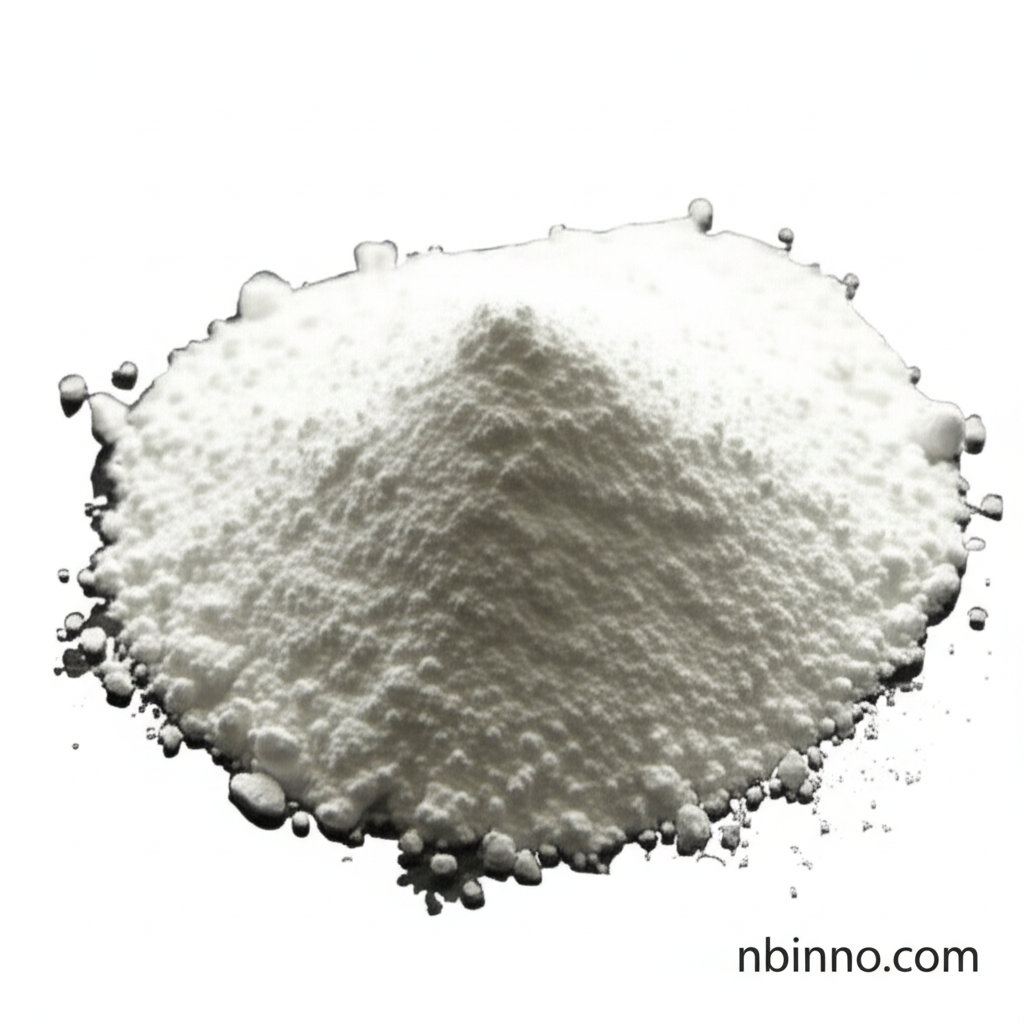J Acid: A Key Intermediate for Vibrant Dye Synthesis
Discover the essential properties and wide-ranging applications of J Acid in the world of color.
Get a Quote & SampleProduct Core Value

J Acid
J acid serves as a critical building block in the chemical industry, primarily functioning as a dye intermediate. Its unique chemical structure allows for the synthesis of a broad spectrum of azo dyes and pigments, which are fundamental to coloring various materials. The versatility of J acid makes it indispensable for creating vibrant and durable colors in industries such as textiles, leather, and paper manufacturing. Understanding the J acid chemical properties is key to unlocking its full potential in innovative color solutions.
- Explore the role of J acid in azo dye synthesis, a core application that drives its demand across multiple sectors.
- Discover how J acid contributes to the creation of high-performance dyes for demanding applications in the textile industry.
- Learn about the significance of J acid (CAS 87-02-5) as a reliable and versatile component for pigment production.
- Understand the importance of 6-amino-1-naphthol-3-sulfonic acid applications in achieving specific colorfastness and tinting strengths.
Advantages Provided by J Acid
Versatile Dye Synthesis
J acid is a fundamental component for numerous azo dye synthesis processes, enabling the creation of a wide palette of colors crucial for the textile industry.
Enhanced Color Properties
The use of J acid in dye formulations contributes to excellent light fastness and high tinting strength, ensuring the longevity and vibrancy of dyed materials.
Broad Industrial Application
From textiles and leather to paper, the J acid CAS 87-02-5 uses span across diverse industries, highlighting its broad applicability and essential role in manufacturing.
Key Applications
Textile Dyeing
J acid is extensively used in the textile industry to produce dyes with superior color depth and fastness properties, contributing to high-quality fabric coloration.
Pigment Manufacturing
As a key organic intermediate, J acid plays a vital role in the production of various pigments used in paints, inks, and plastics.
Leather Coloring
The chemical properties of J acid make it suitable for coloring leather products, providing durable and aesthetically pleasing finishes.
Paper Industry
J acid derivatives are utilized in the paper industry for coloring paper products, enhancing their visual appeal and specific functional requirements.
